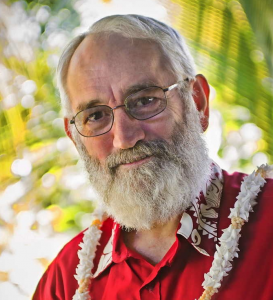Puna Geothermal Venture must stop nighttime geothermal drilling, the County Council said, sending a bill to Mayor Billy Kenoi’s desk.
The vote was 5-2, with councilmen Fred Blas and Donald Ikeda excused. Council members Brenda Ford, Pete Hoffmann, Angel Pilago, Brittany Smart and Chairman Dominic Yagong all voted in favor of it, with council members Dennis Onishi and J Yoshimoto opposed.
But the final test will be approval of the mayor, because supporters of Yagong’s bill did not have the six votes needed to overcome a potential veto.
The vote came around 6:25 p.m., when lawmakers were so weary that at one point the chairman addressed Ikeda as “Mr. Amendment.”
Yagong was referring to an amendment that Ikeda had introduced that would have exempted geothermal drilling operations from additional regulations prior to the expiration of PGV’s current permit. That amendment was defeated by a vote of 5-3, with Ikeda joining Onishi and Yoshimoto in support.
With a few notable exceptions, most of the public testimony was in favor of the measure that prohibits exploratory and production geothermal drilling from 7 p.m. to 7 a.m. when it’s done within a mile of a residence.
The bill is targeted at the only geothermal production well in Hawaii, Puna Geothermal Venture. People living nearby have complained about the constant noise emanating from the plant.
“The noise impact is real. It affects people here,” said Tom Travis.
PGV plant manager Michael L. Kaleikini submitted testimony against the bill. He cited several concerns, chief among them that “stopping drilling at night will not eliminate the sound produced from mandatory equipment that must run for the entirety of drilling,” Kaleikini said in written testimony. “Quite simply, the bill will not accomplish its purpose.”
“Passing Bill 292 is not consistent with safe drilling practices, will not serve to substantially reduce noise, and will greatly increase costs to ratepayers,” Kaleikini wrote. “Geothermal power has the potential to provide the most inexpensive renewable energy on the Big Island. Bill 292 would severely compromise this potential.”
Since the plant began, PGV has drilled no less than 10 wells without being forced to curtail evening drilling, Kaleikini said. Since receiving its most recent development permit, PGV has drilled seven wells.
The last drilling of a well ended in July and took 120 days; prior to that a well that was drilled in early 2010 took 90 days, Kaleikini said.



